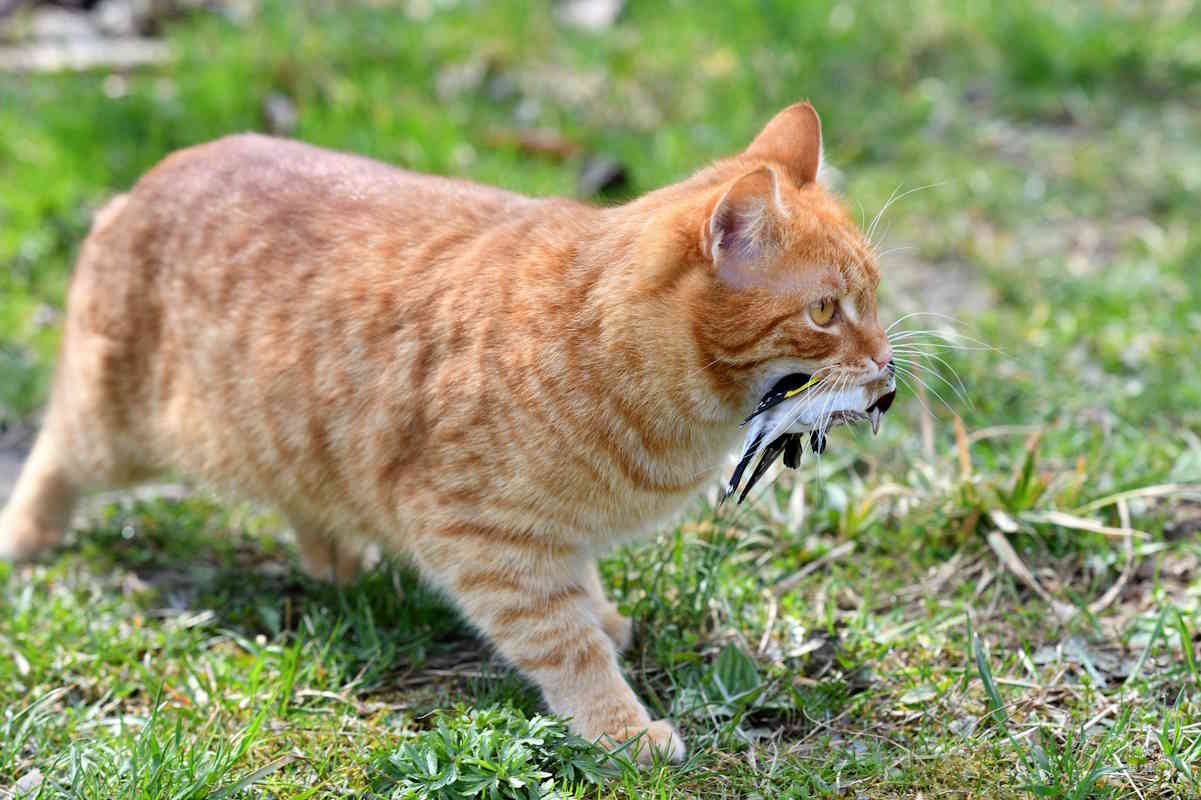They are among the most loving pets, but cats also have a predatory instinct that is no joke at all. They would catch over 2000 prey according to new research based on hundreds of publications, data and books

@pavolklimek/123rf.com
It’s undeniable that cats possess a unique character, complete with strengths and weaknesses. These pets are endearing yet bold, but one should never underestimate their considerable abilities. Hidden behind those tender purrs and seemingly innocent faces lies a predator capable of hunting over 2,000 different species.
Revealed by science: cats’ extensive prey list
A new scientific study published in “Nature Communications” by Auburn University reveals more about our feline friends’ predatory habits. Scientists and cat owners have long known that cats have an instinct to catch prey and bring them home, but the extent and variety of these creatures were unclear until now.
Researchers from the American university reviewed 533 prior publications on the topic, discovering that cats catch a total of 2,084 species. The most common prey are birds, unsurprisingly, making up 47.07% of the total. They are followed by reptiles at 22.22%, mammals at 20.68%, insects at 5.71%, and amphibians at 2.74%.
Geographical insights and cat curfews
The data are predominantly from Australia and North America, where cat predation is quite frequent. To curb this phenomenon, some regions in Australia have even introduced a kind of “feline curfew.”
Less information is available from Asia, Africa, and South America. Experts believe this is because many native feline species live in these countries. Thus, the local wildlife may be better adapted to predation incidents, and domestic cats may also face larger predators.
Conservation concerns highlighted
In terms of conservation, the researchers also sought to understand more about these 2,084 prey species. They estimate that a significant 16.65% of the species hunted by cats are classified as vulnerable or at risk of extinction by the International Union for Conservation of Nature (IUCN).
Out of these, 347 species are discussed. Not all, however, appear on the IUCN’s Red List. Such extensive research sheds light on the impact cats have on the environment if left to roam freely.
“The high representation of conservation-interest species in the diet of cats (16.65%) is concerning since cats have been linked to 26% of global extinctions of birds, mammals, and reptiles and are recognized as one of the main threats to many existing threatened species,” the researchers observe.
Keeping cats safe and protecting biodiversity
Keeping one’s domestic cat in a secure and confined space could be a valid solution not only to protect biodiversity. Let us remember that outside, cats find not only cutting-edge adventures but also dangers that can seriously threaten their lives.
Source: Nature Communications
